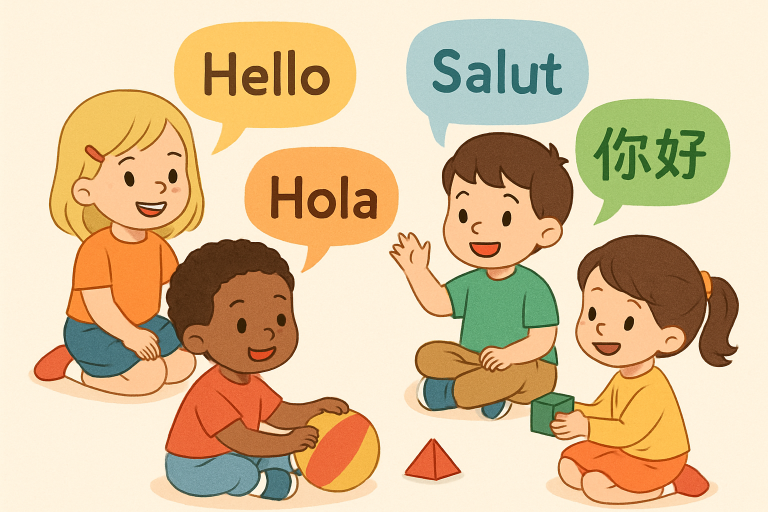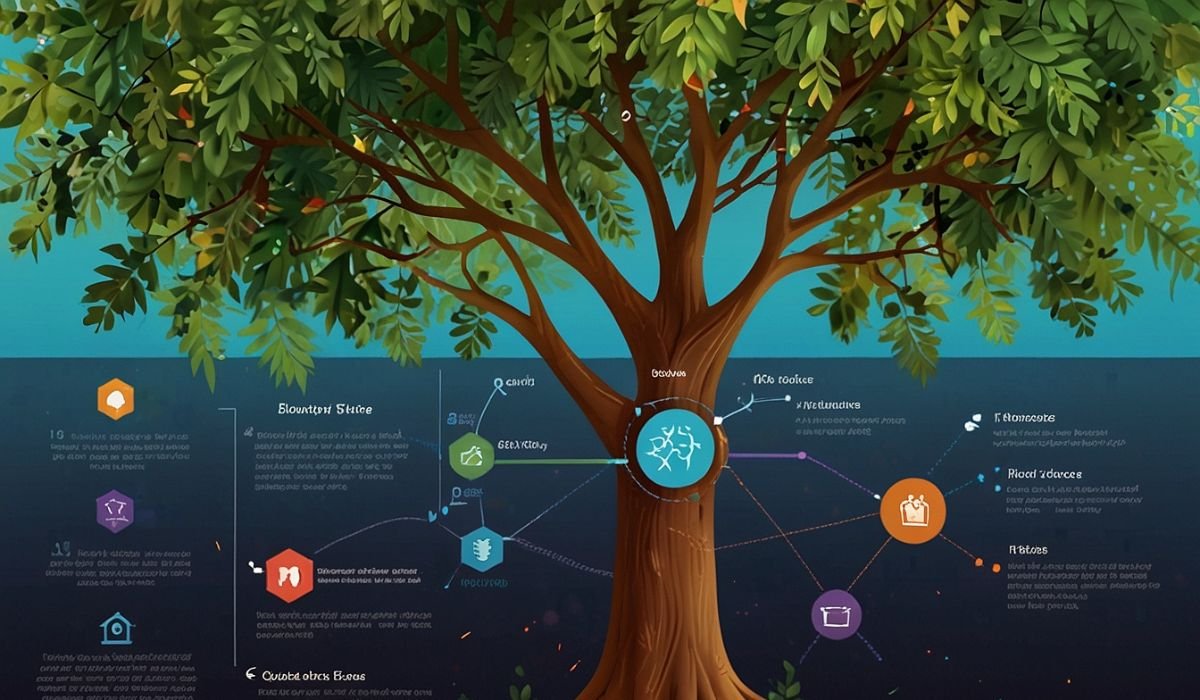Key Takeaways
- Introducing children to multiple languages early develops essential cognitive and social skills.
- Multilingual children benefit from enhanced memory, attention, and mental flexibility.
- Structural brain improvements through early bilingualism may offer protection against cognitive decline later in life.
- Supportive environments and targeted strategies can maximize the benefits of multilingualism for children.
Introduction
Early exposure to multiple languages gives children a unique cognitive advantage that extends beyond simple bilingual communication. Research highlights that formative years spent learning multiple languages promote stronger mental flexibility and lay the groundwork for broader intellectual and social growth. Engaging tools, such as children’s language learning books, can be instrumental in making language acquisition a fun and immersive experience, helping young learners sparkle with curiosity and confidence.
As the world becomes increasingly interconnected, equipping children with the ability to understand and communicate across cultures is invaluable. The benefits extend far beyond basic language skills—they can shape how a child thinks, learns, and interacts with the world.
Cognitive Flexibility and Problem-Solving Skills
Introducing children to multiple languages early in life encourages cognitive flexibility. This trait allows children to process information in nuanced ways—quickly switching between tasks, languages, or problem-solving strategies. According to studies from Harvard University’s Center on the Developing Child, bilingual children often outperform their monolingual peers on tasks requiring rule-shifting and creative thinking, laying the groundwork for sharper analytical skills throughout their lives (Harvard Center on the Developing Child).
Multilingual children thrive in environments where adaptability is key, giving them a significant advantage both in and out of the classroom. From resolving puzzles to making decisions, their heightened mental agility nurtures a lifelong love for learning and innovation.
Enhanced Memory and Attention Control
Exposure to multiple languages enhances core executive functions: working memory, attentional focus, and self-regulation. Regularly switching between languages helps train the brain to prioritize relevant information and dismiss distractions efficiently. For instance, a recent study published in PubMed revealed that bilingualism is closely linked to improved memory and greater attentional control—even years after early childhood.
Language-rich environments encourage children to develop sustained attention and mental control, ultimately enhancing academic performance, memory retention, and resilience to distraction.
Improved Communication Skills
Children who regularly hear and use multiple languages excel at picking up on non-verbal and contextual cues. Research from the University of Chicago demonstrates that children exposed to more than one language are more adept at understanding the intentions and emotions of others, even if they themselves are not fluent in those languages (University of Chicago).
This nuanced understanding of social exchanges bolsters empathy, making multilingual children more sensitive and effective communicators—traits that support healthy relationships and successful teamwork as they grow.
Structural Brain Changes
Research has demonstrated that multilingual experiences physically change the structure of the developing brain. Brain imaging studies show that children who engage in early bilingualism have increased gray matter density in regions associated with language processing and executive control. These structural changes enable the brain to function more efficiently and robustly, providing benefits that can persist into adulthood and even help delay cognitive decline.
According to the American Psychological Association, this neurological boost not only enhances language ability but also supports overall brain health and adaptability throughout life (APA Monitor).
Long-Term Academic and Professional Advantages
Beyond childhood, the skills gained from early multilingual exposure pay dividends in school and workplace settings. Bilingual and multilingual individuals consistently display enhanced literacy and problem-solving skills, quicker adaptation to new situations, and greater openness to cultural differences. These children often perform better on standardized tests, are more likely to attend higher education institutions, and later, find themselves offered broader and more rewarding career opportunities in our global economy.
The academic and professional leverage gained from multilingualism continues to grow over a lifetime, making early intervention a wise investment for any parent.
Practical Tips for Parents
- Start Early: Begin exposing children to languages during infancy when the brain is at peak receptiveness.
- Consistent Exposure: Integrate language learning into daily routines through conversation, playful activities, and songs.
- Engage with Native Speakers: Regular interaction with native speakers ensures authentic pronunciation and deeper cultural insights.
- Utilize Multimedia Resources: Incorporate books, games, and music in other languages to reinforce skills in fun and engaging ways.
- Create a Supportive Environment: Celebrate linguistic and cultural diversity to maintain motivation and confidence in learning.
Final Thoughts
The long-term benefits of early multilingual exposure are both far-reaching and profound. Children who routinely encounter multiple languages develop brain structures and cognitive abilities that pave the way for academic success, strong personal relationships, and career flexibility. By introducing children to languages through engaging resources and supportive environments, parents empower them with tools for lifelong growth and resilience in a rapidly changing world.
YOU MAY ALSO LIKE: Unlock Your UGA Elc Potential: Your Ultimate Guide to Mastering eLC










